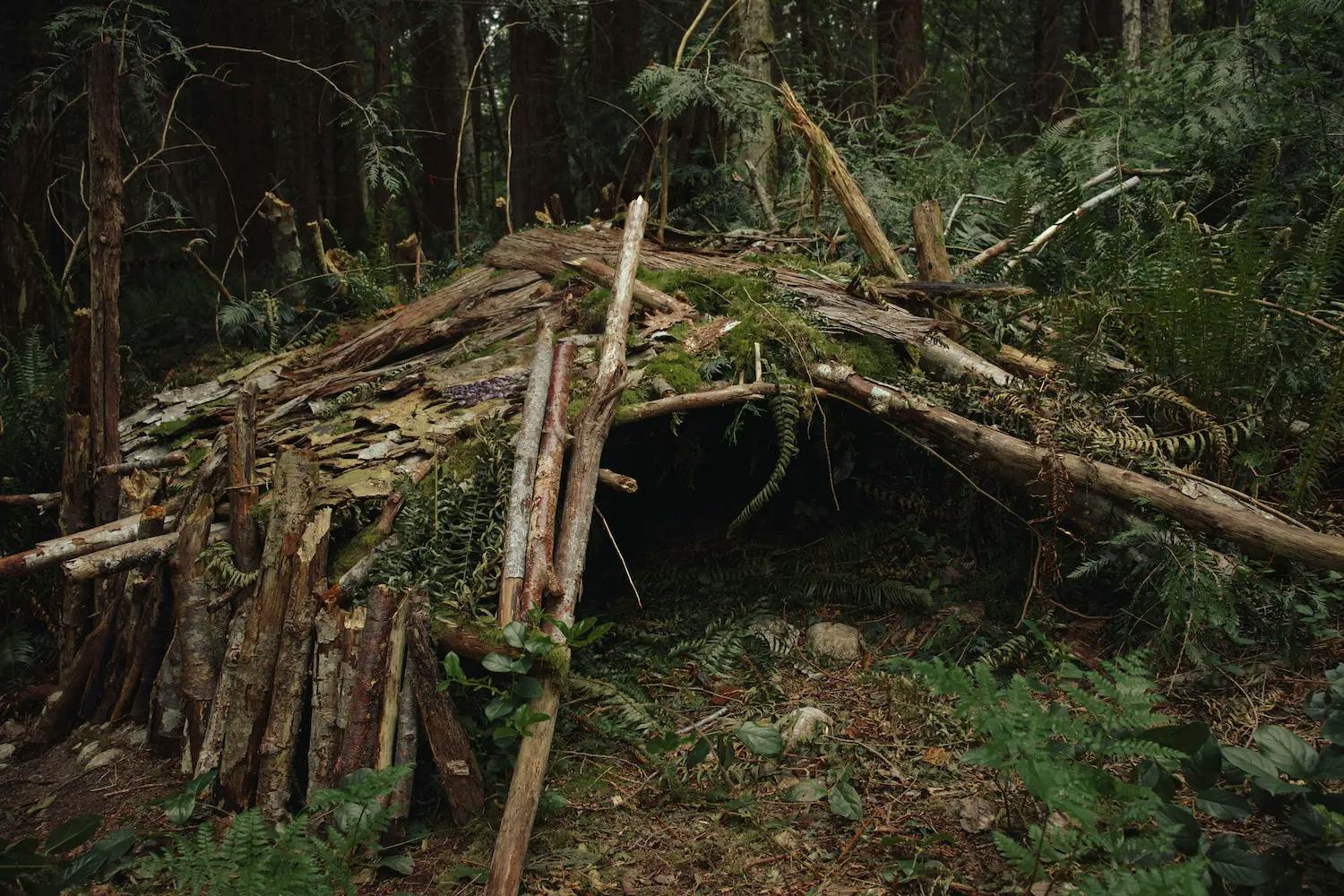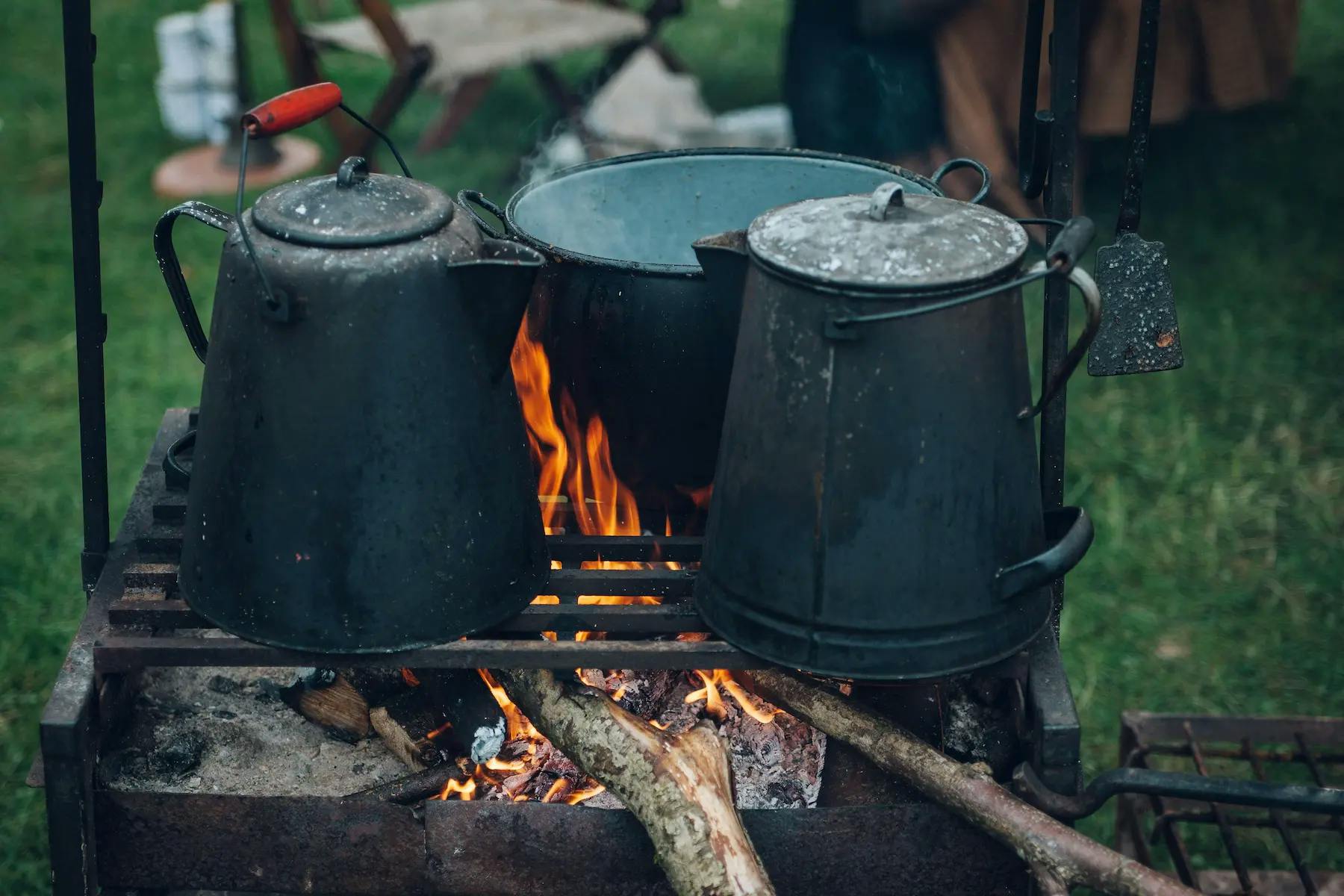Hot Tips: Picking the Perfect Warmers for Survival Kits
- Published on
Hot Tips: Picking the Perfect Warmers for Survival Kits
When it comes to survival situations, staying warm is essential. Whether you're venturing into the wilderness for a camping trip or preparing for a doomsday scenario, having the right warmers in your survival kit can make all the difference. In this guide, we'll explore the various types of warmers available and provide you with hot tips for picking the perfect warmers to include in your survival arsenal.
Understanding the Importance of Warmers in Survival Kits
First and foremost, it's crucial to understand why warmers are a non-negotiable addition to your survival kit. In cold environments, maintaining body heat is vital for preventing hypothermia and ensuring optimal physical and cognitive function. Whether you find yourself stranded in the wilderness or facing a power outage in the midst of a harsh winter, having reliable warmers can significantly increase your chances of survival.
Types of Warmers for Survival Kits
1. Hand Warmers
Hand warmers are small, portable packets that generate heat when exposed to air. These nifty warmers are perfect for keeping your hands toasty in cold weather and can be a lifesaver in chilly outdoor conditions. They typically provide several hours of continuous heat and are activated by simply shaking or exposing them to oxygen.
Hot Tip: Consider disposable hand warmers that can be easily disposed of after use, or opt for rechargeable hand warmers that can be used multiple times.
2. Body Warmers
Body warmers, also known as heat pads or body heat packs, are larger warmers designed to be placed against the body to provide sustained warmth. These are ideal for core heat retention and can be placed inside clothing layers to maintain a stable body temperature in cold environments.
Hot Tip: Look for body warmers with adhesive backing, as they can be easily attached to the inside of clothing for hands-free use.
3. Emergency Blankets
While not traditional warmers, emergency blankets (also known as survival blankets or space blankets) are designed to reflect and retain body heat. These lightweight, compact blankets are a valuable addition to any survival kit and can effectively prevent heat loss in emergency situations.
Hot Tip: Choose emergency blankets made of durable, insulating materials for maximum effectiveness, and ensure that they are included in your survival kit for comprehensive warmth and protection.
4. Heated Apparel
In recent years, heated apparel has gained popularity in the outdoor and survivalist communities. From heated jackets and vests to heated socks and gloves, these advanced clothing items are designed with built-in heating elements to provide continuous warmth in cold conditions.
Hot Tip: Invest in quality heated apparel from reputable brands to ensure durability and reliability during long-term use.
Factors to Consider When Choosing Warmers for Survival Kits
1. Duration of Heat
When selecting warmers for your survival kit, consider the duration of heat they provide. Look for products that offer extended heat production to ensure long-term warmth in potentially prolonged survival scenarios.
Hot Tip: Check the product specifications for the estimated duration of heat before making a purchase.
2. Ease of Activation
In emergency situations, simplicity is key. Choose warmers that are easy to activate, especially in cold or stressful environments where dexterity may be impaired.
Hot Tip: Opt for hand warmers that can be quickly activated without the need for complex instructions or tools.
3. Portability and Storage
Evaluate the portability and storage capabilities of the warmers. Compact, lightweight warmers are preferable for survival kits, as they can be easily carried and require minimal space.
Hot Tip: Select warmers that are individually packaged and sealed to maintain their integrity and extend their shelf life in storage.
4. Safety and Non-Toxicity
Prioritize warmers that are safe to use and free from toxic materials. This is particularly important for warmers that come into direct contact with the skin or those that may be used in confined spaces.
Hot Tip: Read product labels and opt for warmers that are labeled as non-toxic and safe for all ages.
Reliability and Durability
In survival scenarios, you need warmers that you can rely on. Prioritize products from reputable brands with a proven track record of reliability and durability in harsh conditions.
Hot Tip: Read customer reviews and seek recommendations from experienced outdoor enthusiasts to gauge the reliability of different warmers.
Final Thoughts
In the realm of survival and preparedness, the ability to stay warm can be the deciding factor between comfort and catastrophe. By including a variety of warmers in your survival kit and considering factors such as duration of heat, ease of activation, portability, safety, and reliability, you can ensure that you're well-equipped to confront cold environments and unexpected emergencies.
Remember, preparation is key, and selecting the perfect warmers for your survival kit is a proactive step towards safeguarding yourself and your loved ones in the face of adversity.
For more in-depth insight into survival gear and outdoor preparedness, check out OutdoorGearLab, a comprehensive resource for gear reviews and practical outdoor knowledge.
Interested in learning more about survival strategies and preparation? Visit The Prepper Journal for a wealth of information on survivalism, prepping, and self-reliance.



